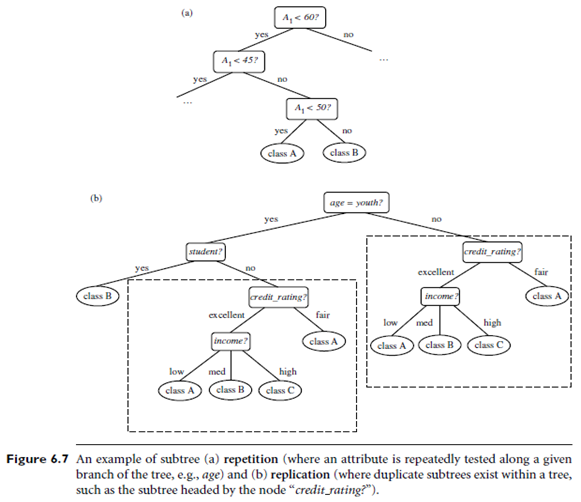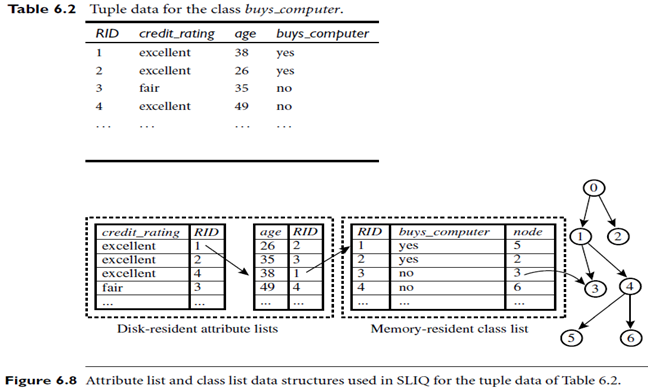SKEDSOFT
Introduction: The efficiency of existing decision tree algorithms, such as ID3, C4.5, and CART, has been well established for relatively small data sets. Efficiency becomes an issue of concern when these algorithms are applied to the mining of very large real-world databases. The pioneering decision tree algorithms that we have discussed so far have the restriction that the training tuples should reside in memory.

In data mining applications, very large training sets of millions of tuples are common. Most often, the training data will not fit in memory! Decision tree construction therefore becomes inefficient due to swapping of the training tuples in and out of main and cache memories. More scalable approaches, capable of handling training data that are too large to fit in memory, are required. Earlier strategies to “save space” included discretizing continuous-valued attributes and sampling data at each node. These techniques, however, still assume that the training set can fit in memory.
More recent decision tree algorithms that address the scalability issue have been proposed. Algorithms for the induction of decision trees from very large training sets include SLIQ and SPRINT, both of which can handle categorical and continuous valued attributes. Both algorithms propose presorting techniques on disk-resident data sets that are too large to fit in memory. Both define the use of new data structures to facilitate the tree construction. SLIQ employs disk-resident attribute lists and a single memory-resident class list. The attribute lists and class list generated by SLIQ for the tuple data of Table 6.2 are shown in Figure 6.8. Each attribute has an associated attribute list, indexed by RID (a record identifier). Each tuple is represented by a linkage of one entry from each attribute list to an entry in the class list (holding the class label of the given tuple), which in turn is linked to its corresponding leaf node
